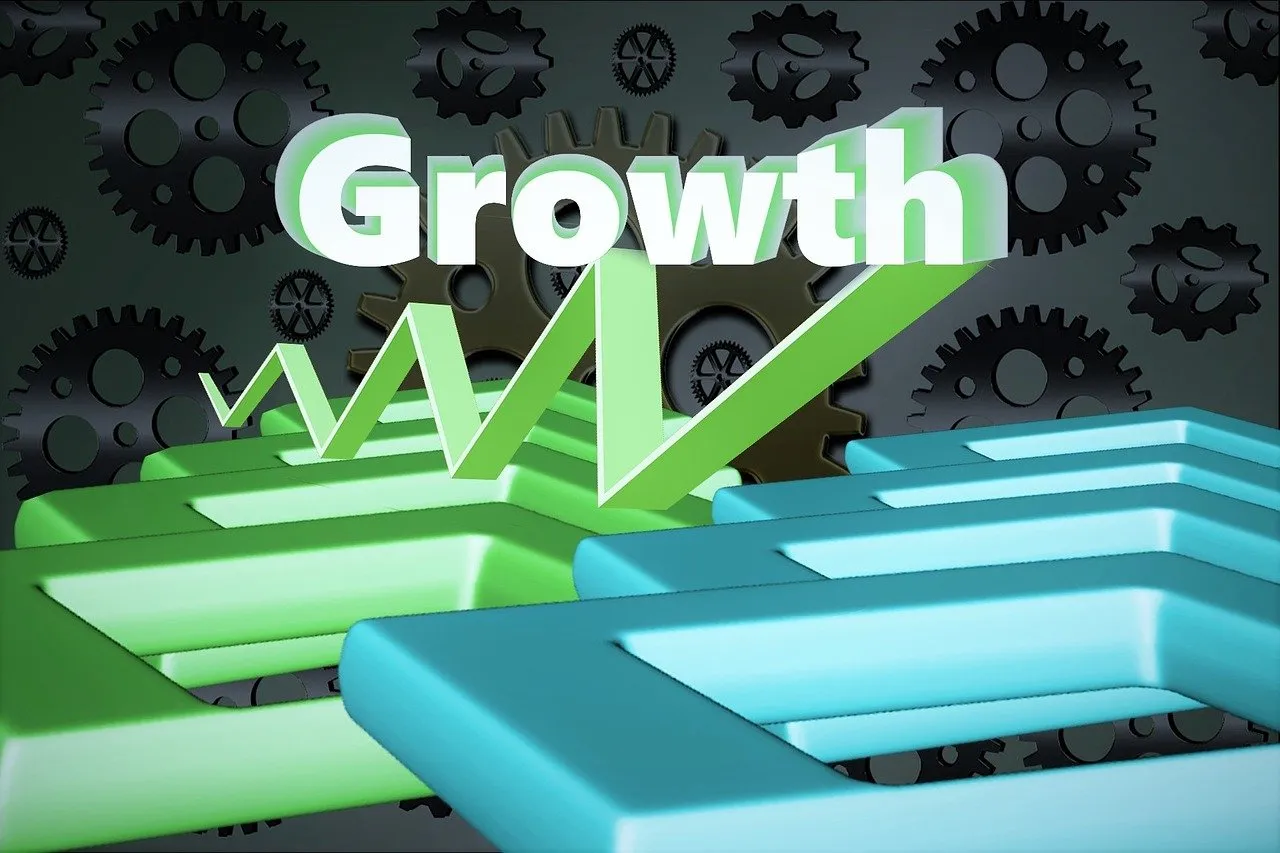Walk through any bazaar in Pakistan and you’ll feel the economy in motion. Shops buzz with buyers, haggling fills the air, and small vendors push carts loaded with fruit. At first glance it seems alive and thriving, but dig deeper and a more complicated picture appears. Pakistan’s economy is like that crowded bazaar—full of energy, but struggling with order, balance, and direction.
The story of Pakistan’s economy is one of repeated cycles. Growth comes in bursts, followed by steep slowdowns. In the 1960s, the country was hailed as a model for development, with industries in Karachi booming and exports rising. Then political instability and wars shook the system. In the 1980s, remittances from workers in the Gulf gave a fresh boost, but inflation and uneven distribution left gaps. The 2000s saw another wave of growth under Musharraf’s government, yet the momentum collapsed during the global financial crisis. Today the cycle continues. A few years of progress, then another crisis—like an engine that starts fast but always stalls.
Everyday people feel the weight of this instability. Prices rise suddenly, salaries struggle to keep up, and jobs remain scarce. Ask a middle-class family about monthly groceries and you’ll hear frustration. The cost of basic staples—flour, sugar, cooking oil—has doubled in the past decade. Electricity bills eat away at household budgets, while petrol prices decide whether someone takes the bus or rides their motorbike. Inflation is not just a number in reports; it’s a daily stress point. People adapt in creative ways—small savings groups, shared rides, even backyard farming in some areas. That resilience is impressive, but it also shows how state systems fail to cushion citizens.
On paper, Pakistan has potential. The agriculture sector feeds the nation, producing wheat, rice, and cotton. The textile industry remains the backbone of exports, employing millions. The IT sector, though still young, has started making waves, with freelance workers bringing in over $3.5 billion annually. Remittances, sent home by overseas Pakistanis, cross $27 billion each year—a lifeline for the economy. Yet despite these strengths, growth lags. One key reason is energy. Chronic power shortages choke industries. At one point, factories in Faisalabad shut down for days because of outages. Investors hesitate when they see such unpredictability.
Another challenge is debt. Pakistan borrows heavily, both from international lenders and friendly countries. Servicing this debt takes a huge chunk of the budget, leaving less for development projects like schools, hospitals, or roads. Politicians talk about mega projects, but citizens often ask a simpler question: why are there still no clean water supplies in many towns? Development, after all, isn’t just highways and metros—it’s the basics that touch daily life.
That said, Pakistan has seen progress. In the last two decades, major infrastructure projects have changed landscapes. The motorway network now connects cities across provinces, cutting travel times and boosting trade. Gwadar port, part of the China-Pakistan Economic Corridor (CPEC), is slowly developing into a trade hub, though it still faces challenges. CPEC itself has poured billions into energy and road projects, promising long-term benefits if managed wisely. In big cities, flyovers and metro bus systems have transformed daily commutes. These visible signs of development matter, though they don’t always reflect in rural areas where poverty remains stubborn.
Education and health are also part of the development puzzle. Literacy rates have improved, but millions of children remain out of school. Private schools fill gaps, but their costs exclude poorer families. The same story repeats in healthcare. Big hospitals in cities offer advanced treatment, yet rural clinics lack basic medicines. Development efforts often focus on grand projects, while the silent crises in villages remain. This unevenness creates frustration. People see progress, but not always in their own lives.
One area where Pakistan’s development shows promise is technology. The boom in smartphones has connected millions. Young entrepreneurs are launching startups in e-commerce, fintech, and ride-hailing. Food delivery apps, online learning platforms, and digital payments are slowly changing habits. The government has also started promoting digitization. Online tax filing, digital wallets, and freelancing platforms have gained support. If nurtured, this sector could become a strong pillar of the economy. But again, hurdles like weak internet in rural areas, heavy taxation, and lack of investor trust slow progress.
Foreign relations also shape Pakistan’s economy. Ties with China bring investment through CPEC, but also long-term repayment obligations. Relations with the IMF often mean tough conditions—higher taxes, reduced subsidies—that hit ordinary people hardest. Trade with India remains minimal due to political tensions, even though both countries could benefit from open markets. Exports are concentrated in a few goods like textiles, leaving the economy vulnerable. Diversification into new sectors—technology, tourism, renewable energy—remains limited.
At the heart of it all lies governance. Development is not just about money, but how it is managed. Corruption, red tape, and lack of continuity in policies weaken growth. Every government starts new projects but abandons old ones, wasting resources. Investors seek stability, but Pakistan rarely offers it. A business owner once said that running a factory here is like navigating through storms—you never know what will hit next, taxes, strikes, or power cuts.
Yet despite all these struggles, there is hope. Pakistan is a young country, with nearly two-thirds of its population under 30. This youth bulge is both a challenge and an opportunity. If educated, skilled, and employed, this generation could drive the economy forward. If ignored, frustration could deepen. Already, many young Pakistanis are creating opportunities through freelancing, small businesses, and creative ventures. They are not waiting for the state to deliver—they are carving their own paths. That spirit may become the true engine of future development.
The road ahead will not be easy. Pakistan must control debt, stabilize energy supplies, and expand exports. It must also invest in people—education, health, and skills—rather than only concrete projects. Development must be inclusive, reaching rural areas, women, and marginalized communities. Above all, political stability is crucial. Without consistent policies, no economic reform can last. Citizens know this well. That is why in every election, beyond the loud promises, people quietly hope for one thing: steady growth that doesn’t collapse after five years.
Pakistan’s economy is like a restless tide, surging with potential yet held back by anchors. Development flashes in bursts—motorways, metro buses, digital startups—but everyday struggles remind us how much work remains. The story is unfinished, messy, and full of contradictions. Yet as you walk through that bazaar, past vendors shouting prices and buyers bargaining fiercely, you realize something important. Despite the hurdles, the spirit of survival and hustle never dies. That same spirit, if matched with good governance and bold reforms, can turn Pakistan’s economy from fragile to formidable.

